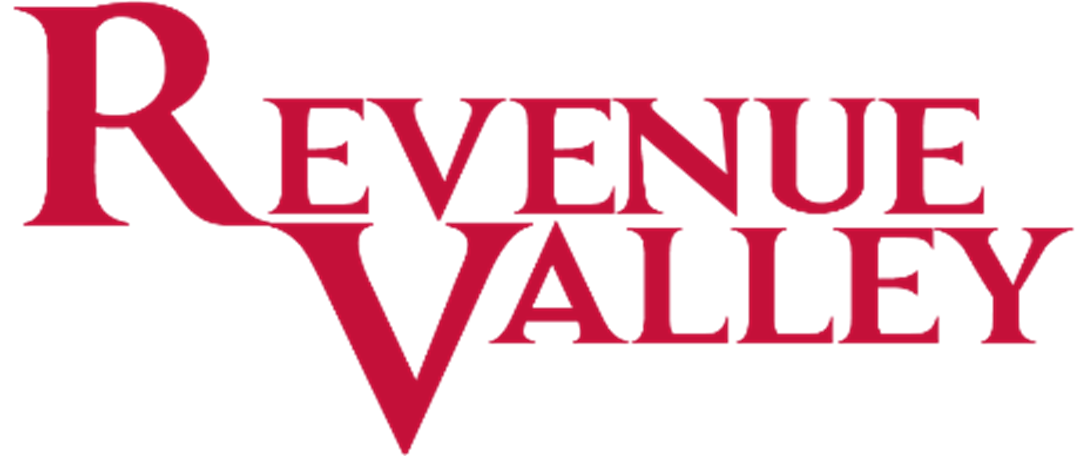Title Page
-
Site conducted
-
Conducted on
-
This familiarization is for :
-
Location
-
Name of attending Officer
-
Position
-
Date & time
Personal Safety Instructions
-
(To be completed within 24 hours or before sailing, whichever is the soonest)
-
Date
-
Do you know the Alarm signals for Fire, General Emergency and Man Overboard?
-
Do you know the command for abandonship?
-
Your Emergency & Abandon Ship Muster Stations?
-
- Where your nearest Cabin Safety Equipment is ( Smoke Hoods , Fire Extinguisher , EEBD , Hose and Hydrant ) , Alarm activation , nearest Escape from your accommodation ?.
-
Do you understand your Emergency duties as shown on the posted Muster List?
The ship’s Safety Plan, which shows the following:
-
Do you now understand the symbols used on the plan and the signs used on board?
-
The location of the ship’s Fire Fighting Equipment
-
The location of Lifejackets, Immersion Suits and Thermal Protection Aids (TPA)
-
- Shown How to don Lifejacket
-
The location of the different types of Lifebuoys
-
The location of the Life rafts on board
-
Shown all the Emergency Escapes
-
The location of the EPIRB's, SART, Distress Buttons and Pyrotechnics
-
How to operate the Watertight, Fire and Weather-Tight doors correctly?
-
Do you now understand the dangers associated with passing through closing WTDs?
-
The location of the SOPEP (Shipboard Oil Pollution Emergency Plan) Equipment and when it is to be used?
STAGE TWO
-
(To be completed within 7 days of joining)
-
Where to find the First Aid and Medical Equipment? Do you know how to use this Equipment in an Emergency?
-
What to do if you come across a Fire, Medical Emergency, MOB or a Pollution Emergency?
-
The location of the fixed firefighting activation points for Galleys , Engine Room and Tender Jet ski Garages
-
The correct use of the equipment you will be expected to use in your general work duties?
-
The correct use of the PPE you are issued with?
-
How and where to separate garbage?
-
Do you understand the Garbage Management system and MARPOL restrictions in place?
-
Where to find all MSDS (Material Safety Data Sheets) and understand what they are?
-
The areas considered as confined spaces and hazards involved in entering those spaces? Chain Lockers and Tanks
-
Your specific work duties and of the main hazards involved?
-
Other alarms, including BNWAS, Engineers Alarm Panel and Fridge Alarm?
-
The radio channels for your department and for use in an Emergency?
ISPS FAMILIARISATION
-
- Security Sign in Sheet
-
Your responsibilities in accordance with the Ship's Security Plan and do you understand them?
-
The ship’s policy on visitors, weapons, drugs and smuggling?
-
Do you understand the basic daily security routines (e.g. Watch keepers . Gangway Access)
-
Do you know how to use the crew door access code keypad
-
How to report a security incident (Including a piracy or armed robbery threat / attack)?
-
The procedures to follow when you recognise a security threat and do you understand them?- Suspicious persons and packages
-
What needs to be done in response to a vessel lockdown?
-
What the different marine security levels are and which level we are in at the moment?
-
Who the Ships Security Officer and the Company Security Officer are? Frank Da Costa
Boat Information
-
-Location of the Crew Door Key
-
- Security sign in sheet
-
- How to operate the gangway and adjust the height safely
-
- Watch keepers Duties
-
- HOURS OF REST APP
-
- Location of Policies for Safety Enviromental , Drug and Alcohol , Complaints Procedure , DPA Information
-
- Have you read and signed the SOLAS Training Manual?
-
- The location of the COSWP?
-
Signature of Crewmember - I have been shown all fields in the Familiarization.
-
Signature of Officer











